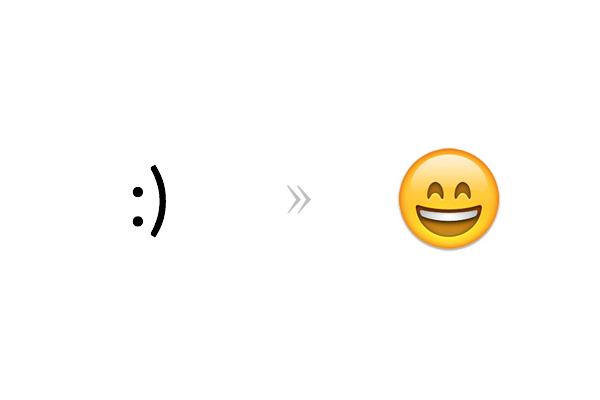Automating Feelings
It’s been hard not to feel a deepening of the soul as the palette of online emotion signifiers has expanded from sparse typographic emoticons to colorful and animated emoji. (Nicolas Carr, “Automating the feels”)

Social networks (and digital products) are now focusing on providing tools to help users express how they feel. Structuring human emotion into a machine-readable format might possibly be the next holy grail of the digital world.
However, these seemingly innocuous tools have the power to change us by changing the way we express ourselves. If you have have an emotion that cannot be encapsulated in any available emoji, did you really feel it? At least by putting some type of graphically-expressible emotional symbol in a post you (and your friends) will know you felt something.
The problem is human emotion is so heterogeneous, nuanced, and penetrating that language itself often falls short of describing it. How many times have you heard, “There are no words to describe this”?
The more we rely on finishing ideas with the same limited words (feeling happy) and images (smiley face) available to everyone on a platform, the more those pre-fabricated symbols structure and limit the ideas we express … these expression makes us one-dimensional, living caricatures of G-mail’s canned responses — a style of speech better suited to emotionless computers than flesh-and-blood humans. As Marshall McLuhan observed, just as we shape our tools, they shape us too. It’s a two-way street. - Evan Selinger